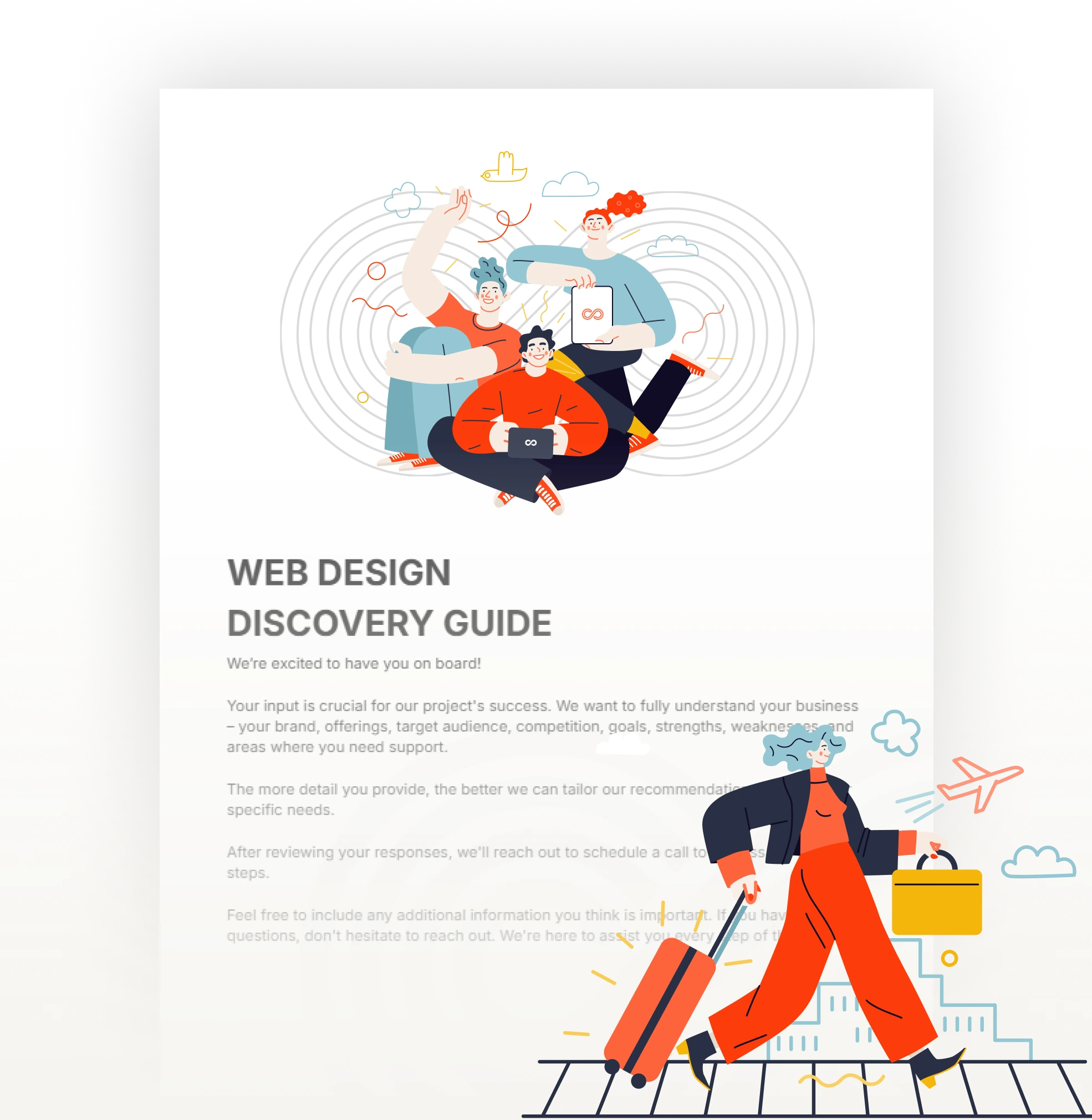Aligned Position Web Design: Building Beautiful and Functional Websites for Your Business
Aligned Position Web Design: Building Beautiful and Functional Websites for Your Business
Blog Article
The Most Effective Kinds Of Web Layout to Improve Customer Experience and Involvement
In the ever-evolving landscape of electronic communication, the effectiveness of Web design dramatically influences user experience and involvement. Different style strategies, such as minimalist, receptive, and interactive designs, each offer one-of-a-kind benefits that can provide to diverse individual needs.
Minimalist Website Design
As electronic landscapes come to be significantly messy, minimal Web design has actually arised as an effective method to enhancing user experience. This design viewpoint focuses on simplicity, concentrating on important components while eliminating unneeded interruptions. By making use of adequate white space, simple navigating, and a restricted shade scheme, minimalist design cultivates quality and routes user attention to essential material.
The core principle of minimal Web style is to produce a seamless communication for individuals. By lowering cognitive lots, users can swiftly realize information without really feeling bewildered. This direct strategy not just enhances usability but also urges involvement, as visitors are more probable to discover a site that is simple and aesthetically appealing to navigate.
Additionally, minimal design typically emphasizes typography and images, using these elements strategically to communicate messages successfully. In essence, minimal Web layout is not simply a fad; it is a thoughtful methodology that acknowledges the relevance of user-centered design.
Receptive Website Design
In today's varied electronic environment, receptive Web style has come to be vital for producing a seamless individual experience across a wide variety of tools. As users access internet sites on mobile phones, desktops, tablets, and laptop computers, the capability of a site to adjust its format and material to various screen dimensions and resolutions is important.
Receptive Web design utilizes flexible grids, images, and CSS media queries to ensure that Web material exists efficiently, no matter the device made use of. This technique not just boosts the aesthetic charm of a site however also considerably improves use. Users are most likely to engage with a website that uses a consistent experience, as it removes the irritation of needing to focus or scroll excessively.
By embracing receptive design, services can improve their visibility and get to a broader audience. In summary, responsive Web design is a fundamental technique that enhances individual experience, engagement, and overall contentment.
Interactive Website Design
Receptive Web design lays the foundation for enhancing user experience, yet interactive website design takes this an action even more by engaging individuals in a much more vibrant way - Aligned Position Web Design. By including aspects such as computer animations, clickable models, and real-time comments, interactive website design captivates users, drawing them into a richer surfing experience
This approach not only cultivates involvement yet additionally encourages customers to check out content actively instead than passively eating it. Strategies such as gamification, where customers earn incentives for completing jobs, can dramatically enhance the time spent on a site and improve overall satisfaction. Interactive features can streamline complex info, making it extra digestible and pleasurable.

Including interactive design aspects can also cause greater conversion rates, as users are most likely to involve with a site that proactively entails them. Aligned Position Web Design. Inevitably, interactive website design transforms customer experiences right into unforgettable trips, ensuring that site visitors return time after time
Flat Design
Defined by its minimalistic method, level design stresses simpleness and functionality, removing unneeded components and concentrating on important functions. This style approach focuses on functionality, making certain that customers can browse user interfaces with ease and performance. By utilizing a clean visual, flat layout eliminates the clutter frequently found in much more ornate styles, thus enhancing user focus on web content and capability.
The characteristic of level layout lies in its use of bold shades, easy typography, and geometric shapes. These elements add to an aesthetically attractive interface that is both approachable and modern. Furthermore, flat design cultivates a feeling of clearness, permitting individuals to discern essential actions and details without diversion.
Moreover, flat layout is especially reliable in receptive Web layout, as its simplicity translates well throughout different tools and display sizes. The lack of elaborate appearances and slopes minimizes packing times, which is vital for maintaining customer interaction. As electronic landscapes continue to advance, level design continues to be an appropriate selection for producing user-friendly internet sites that enhance total experience. By focusing on essential functions, level design not just meets customer needs however also motivates smooth interaction, making it a crucial component of efficient Web design methods.
Flexible Web Design
Adaptive Web style tailors the user experience by creating multiple repaired designs customized to different screen sizes and gadgets. Unlike receptive style, which fluidly changes a solitary format, flexible layout employs distinct layouts for certain breakpoints, making certain optimal presentation on different platforms. This technique enables designers to focus on the special attributes of each tool, enhancing usability by delivering precisely what customers require based upon their context.
Among the primary advantages of adaptive website design is its capacity to optimize load times and efficiency. By offering tailored material and pictures that fit the customer's device, sites can lessen data use and enhance loading rates. This is specifically valuable for users with slower links or restricted data plans.

In addition, flexible design assists in a much More about the author more constant and regulated branding experience. Because developers create numerous layouts, they can guarantee that try here the visual components align with the brand's identity throughout various systems - Aligned Position Web Design. This results in a natural customer experience, enhancing interaction and advertising customer retention
Conclusion
Finally, the assimilation of minimalist, responsive, and interactive website design concepts significantly improves individual experience and involvement. Minimal layout fosters clarity and focus, while responsive layout ensures adaptability across different gadgets, promoting access. Interactive layout captivates users through dynamic aspects, encouraging expedition and personalization. Jointly, these design comes close to add to the creation of straightforward atmospheres that not only boost contentment but additionally drive greater conversion rates, highlighting their crucial importance in modern Web design methods.

Minimal layout promotes clearness and focus, while receptive layout makes sure adaptability throughout various devices, promoting accessibility. Jointly, these design approaches contribute to the production of straightforward settings that not only boost contentment but also drive greater conversion prices, underscoring their important importance in modern Web layout techniques.
Report this page